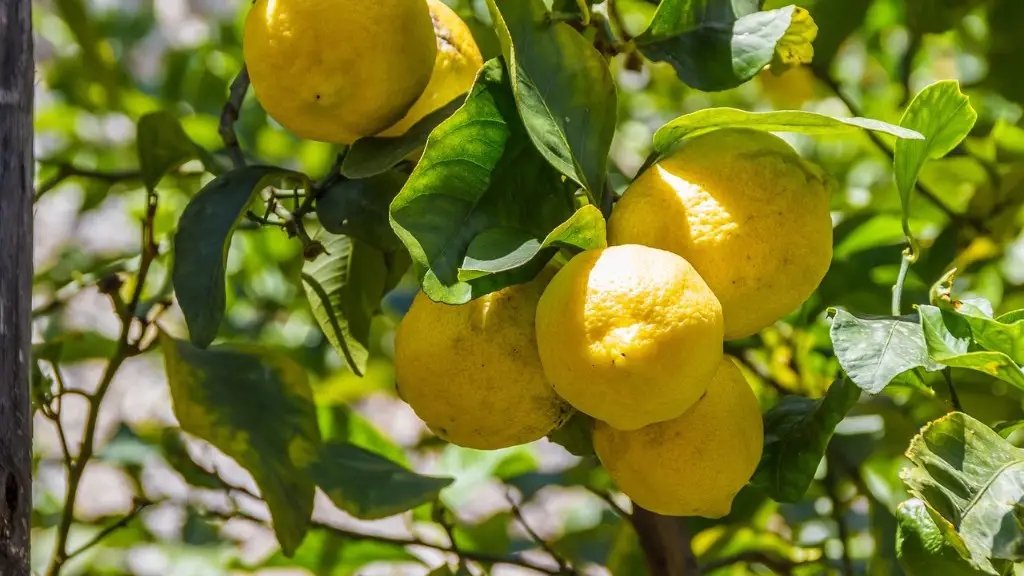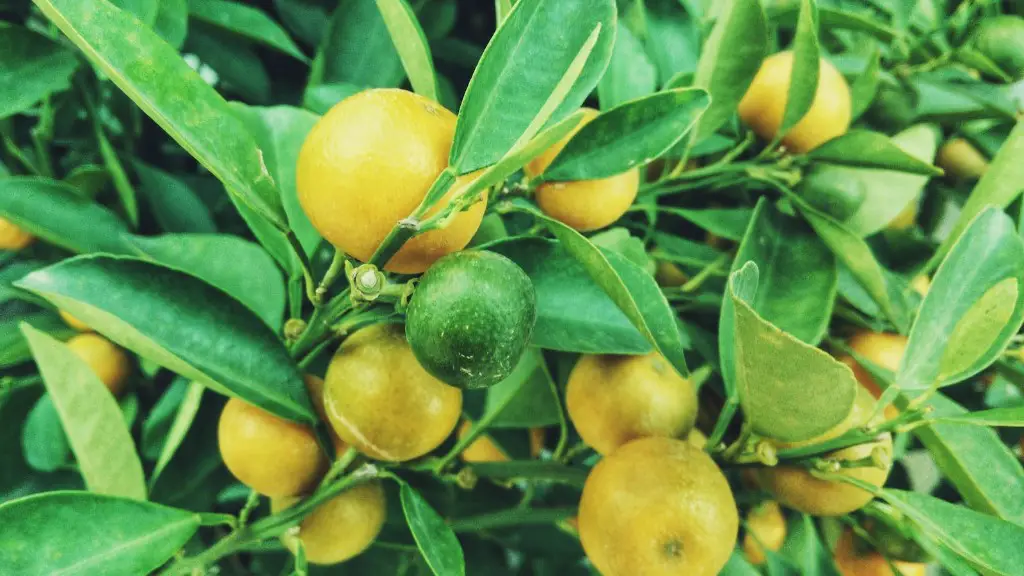When it comes to planting apple trees, the best place to do it is within a sunny and sheltered garden or allotment. This will ensure the tree gets enough light and is not exposed to winds which could affect the health of the tree. Ideally, the soil should be moist and nutritious. If possible, applying a mulch or compost and adding a slow-release fertilizer will help give the tree the nutrients it needs to flourish. A well drained soil is also important, as any waterlogged areas can cause root damage.
It can be beneficial for the tree to be planted in a sheltered spot with a south or south-west facing aspect. This way the tree will receive more sunlight and warmth, which could help it to produce a good crop of fruits. If the tree is planted in a windy area, it’s important to stake it securely to ensure it doesn’t become damaged in high winds.
When selecting an apple tree, it’s important to choose one that is suitable for your local climate. Discussing this with a knowledgeable nursery or experienced gardener can help to make sure you get the right tree for the right conditions. It’s also important to choose a suitable root stock as this has an effect on the size, vigor and quality of your tree.
When it comes to planting an apple tree, doing it correctly is important. Dig a large enough hole to accommodate the roots without crowding, and provide some support such as stakes. Planting at the right time of year will also help give your tree the best chance of success. Spring is a good time to plant some apple varieties, while other types perform better when planted in late summer or early autumn.
Adequate watering is essential for young trees, but it can be easy to overwater them. Water the tree thoroughly when planting and continue to water if the weather is dry. Pruning is also an important part of the planting process and should be done carefully and correctly depending on the type of tree.
Fertilizing an Apple Tree
Fertilizing an apple tree correctly is also important in order to get the best crop possible. Depending on what kind of soil you are using, adding a fertilizer that is specifically designed for apple trees can help to boost nutrient uptake. Fertilizing should occur twice a year—in the spring and in the autumn. It is important to avoid over-fertilizing, as this can harm the health of the tree.
Protecting an Apple Tree
Protecting an apple tree from pests and diseases is also essential. Examining the tree regularly can help to detect any problems early on and prevent it from becoming serious. If necessary, apply suitable pest and disease control products according to the instructions. If your tree is affected by a virus, such as apple scab, then pruning and removal of affected branches may be required to prevent the infection from spreading.
Pest and Disease Prevention
Prune your tree regularly to keep it healthy and encourage good airflow through its branches. With any tree, it is important to remove dead or damaged branches, especially if they are infected with disease. If a branch shows signs of infection, remove it and make sure the tools used are clean in order to not spread disease to other plants.
Limiting Competition
In order for an apple tree to have the best chance of producing a good crop, it is important to limit the competition from other plants and weeds. Keeping the tree well-pruned and removing any weed growth from around it can help keep the tree healthy and increase the chance of a bountiful harvest.
Mulching and Weeding
Mulching can be beneficial to apple trees as it helps conserve moisture, improves nutrient availability and suppresses weeds. Use an appropriate mulch—such as bark chippings or compost—and apply it around the base of the tree without allowing it to touch the trunk. Weeding can also be beneficial to help reduce competition and encourage healthy growth.


